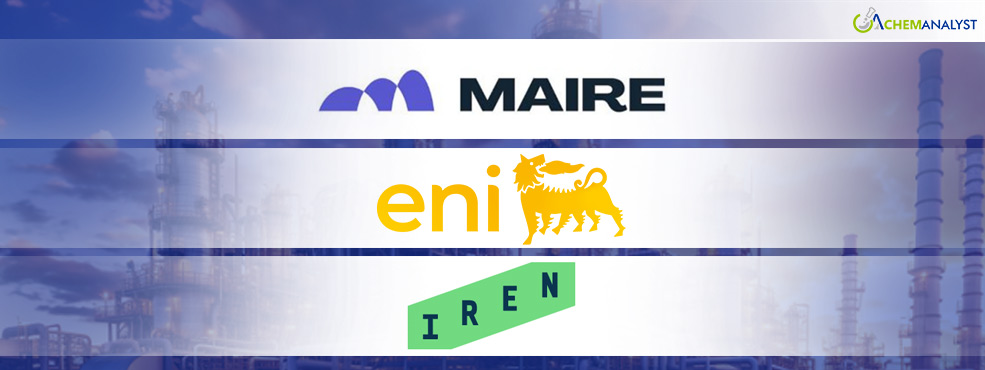Waste-to-Fuel Innovation: Maire, Eni, and Iren Launch Circular Methanol Plant in Italy
- 25-Feb-2025 6:00 PM
- Journalist: Rene Swann
The authorization initiation for the Maire, Eni, and Iren circular methanol and hydrogen plant at Eni’s Sannazzaro refinery marks a strategic pivot within the chemical industry, moving beyond incremental improvements to a systemic overhaul of waste-to-value processes. This project is not merely about producing alternative fuels; it's a demonstration of integrating advanced chemical technologies to create a truly circular economy within a traditional refining framework.
For chemical engineers and process designers, the implementation of NEXTCHEM’s NX Circular technology is of particular interest. Converting 200,000 tons of non-recyclable waste into syngas, and subsequently into 110,000 tons of circular methanol and 1,500 tons of circular hydrogen, highlights the sophistication of modern gasification and synthesis processes. The project's success will depend on the precise control of reaction kinetics, catalyst optimization, and efficient separation techniques—areas where chemical engineering expertise is paramount.
The production of circular methanol that meets EU Renewable Energy Directive standards underscores the project's adherence to stringent sustainability criteria. This initiative addresses the pressing need for drop-in replacements for fossil-derived methanol, particularly in the maritime sector, where decarbonization is a significant challenge. The chemical industry must recognize the growing demand for such sustainable alternatives and invest in technologies that enable their large-scale production.
Furthermore, the recovery of 33,000 tons of inert granulate for the cement industry showcases the project's holistic approach to waste utilization. This not only reduces landfill waste but also provides a valuable resource for another energy-intensive sector. Such integrated approaches are crucial for achieving a truly circular economy and minimizing the environmental footprint of industrial activities.
The utilization of existing infrastructure at the Eni refinery highlights the importance of leveraging existing assets to expedite the energy transition. This strategy minimizes capital expenditure and reduces the environmental impact associated with building new facilities. By integrating advanced waste-to-fuel technologies into existing refining operations, companies can accelerate the adoption of sustainable practices.
The collaborative nature of this project, involving Maire, Eni, and Iren, demonstrates the power of interdisciplinary partnerships in driving innovation. Combining Maire’s technology expertise, Eni’s refining capabilities, and Iren’s waste management infrastructure creates a synergistic approach to sustainable energy production.
In essence, the Sannazzaro project is a blueprint for the chemical industry's future, where waste is transformed into valuable resources, and sustainability is integrated into core operations. This initiative underscores the potential of advanced chemical technologies to drive the energy transition and create a more sustainable future.



